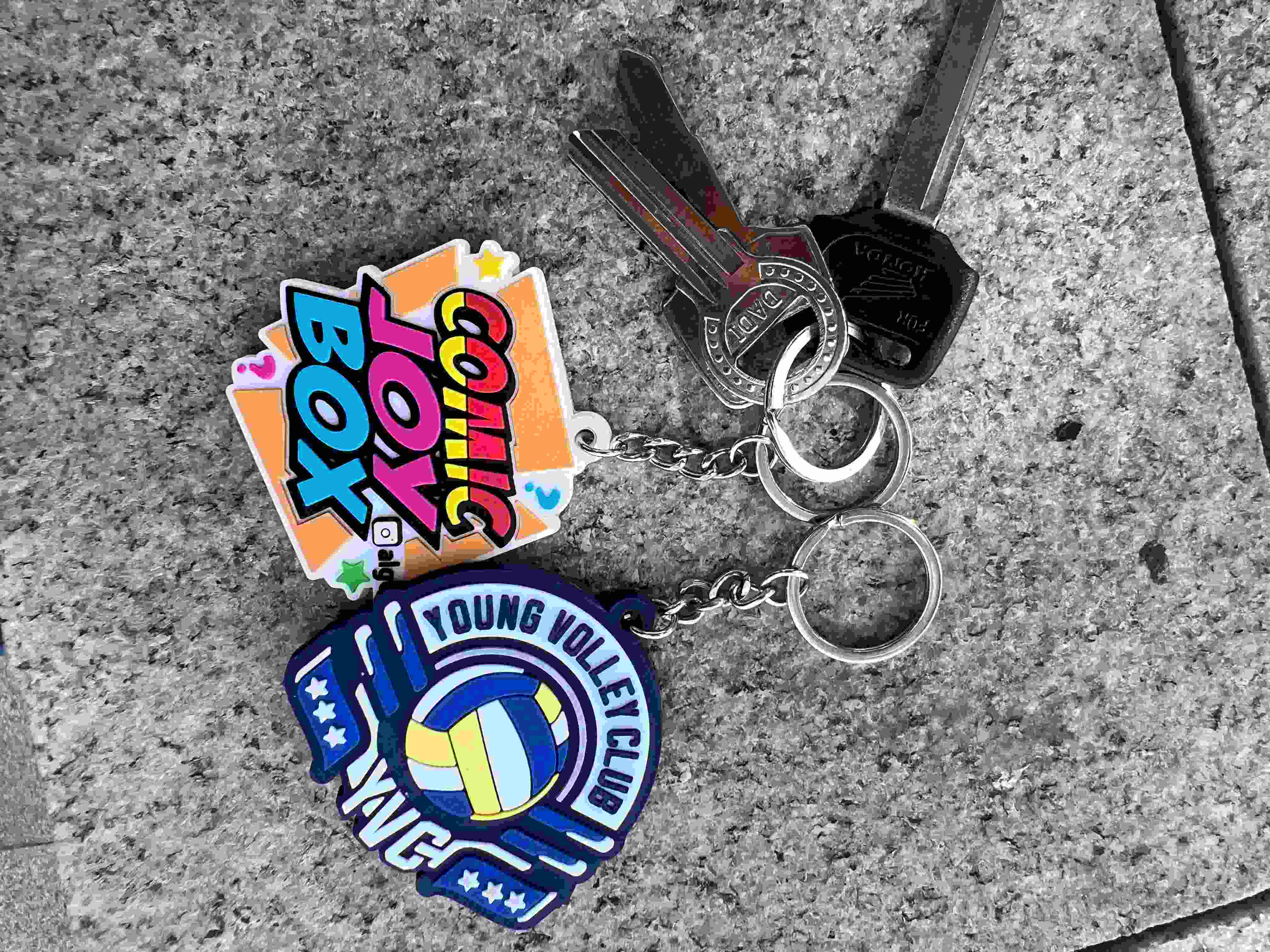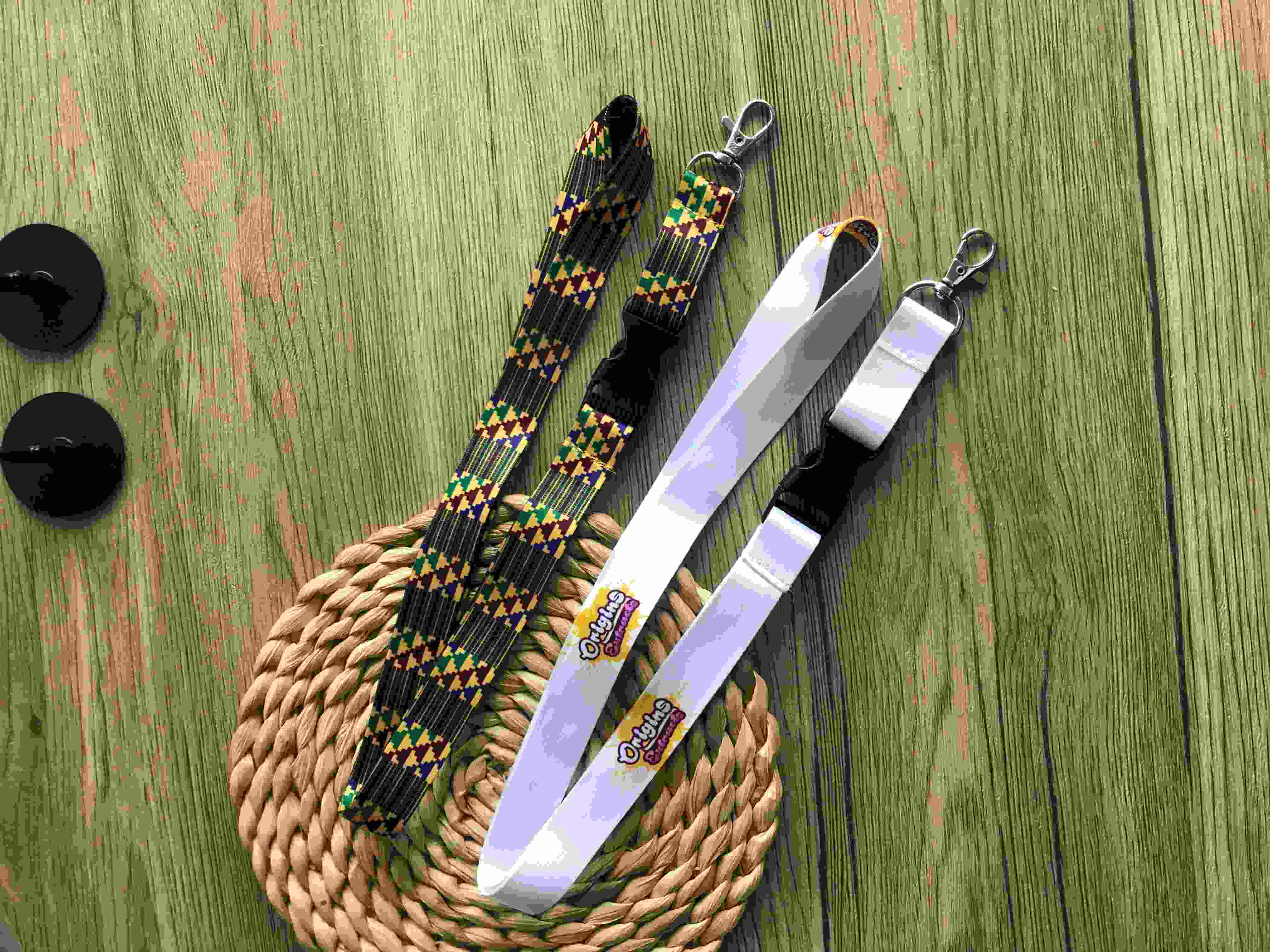Introduction
Paracord lanyards have gained popularity due to their functionality, durability, and versatility. They are commonly used by outdoor enthusiasts, survivalists, and even everyday users who appreciate their practicality. Pinterest has become a go-to platform for discovering creative ideas and detailed tutorials on how to make paracord lanyards. This article provides an in-depth guide to crafting paracord lanyards, exploring various techniques, materials, and designs to help you create a lanyard that meets your needs.
The Basics of Paracord Lanyards
Paracord, short for parachute cord, is a lightweight, durable rope initially used in the suspension lines of parachutes. Over time, its strength, flexibility, and resilience have made it popular for other uses, including making lanyards. Paracord lanyards are practical for holding keys, ID badges, or other small items, and they can be a lifesaver in emergency situations, serving various purposes like tying, securing, or even fashioning a makeshift tourniquet.
Choosing the Right Paracord
The first step in making a paracord lanyard is selecting the appropriate type of paracord. The most commonly used types are Type I, Type II, and Type III. Type III, also known as 550 paracord, is the most popular choice for lanyards due to its strength and versatility. It has a breaking strength of 550 pounds and consists of seven inner strands, making it ideal for most lanyard-making projects.
The color and pattern of the paracord are also important considerations. Paracord is available in a wide range of colors and patterns, from solid colors to camo designs. This allows for personalization, enabling you to create a lanyard that matches your style or serves a specific purpose, such as high visibility in outdoor settings.
Essential Tools and Materials
To make a paracord lanyard, you will need a few basic tools and materials. The essential items include:
Paracord (Type III is recommended)
A lanyard hook or keyring
Scissors
A lighter
Measuring tape
These tools and materials are easy to find, often available at craft stores, hardware stores, or online. Having the right tools ensures a smooth crafting process and a durable final product.
Step-by-Step Guide to Making a Paracord Lanyard
Creating a paracord lanyard involves several steps, each crucial for ensuring the lanyard's durability and functionality. Pinterest provides numerous tutorials, each offering a unique approach to making a paracord lanyard. Here is a detailed step-by-step guide:
Step 1: Measure and Cut the Paracord
The length of the paracord required for a lanyard depends on the type of weave or knot you plan to use. A common recommendation is to use at least 6 feet of paracord for a basic cobra weave lanyard. Measure the desired length using a measuring tape and cut the paracord with scissors. It’s advisable to cut a bit more than needed to accommodate any errors or adjustments.
Step 2: Prepare the Paracord Ends
After cutting the paracord to the desired length, use a lighter to melt the ends slightly. This prevents the paracord from fraying, ensuring a clean and durable finish. Be careful not to burn the paracord; just melt it enough to seal the ends.
Step 3: Attach the Paracord to the Lanyard Hook
Fold the paracord in half to find the center point. Attach the center point to the lanyard hook or keyring using a simple lark’s head knot. This knot creates a secure starting point for the lanyard and ensures that the paracord remains in place while weaving.
Step 4: Begin Weaving the Lanyard
The most popular weave for paracord lanyards is the cobra weave. To start, separate the two working ends of the paracord. Pass the right cord over the center cords, then pass the left cord over the right cord, under the center cords, and through the loop formed by the right cord. Pull the cords tight to form the first knot. Repeat this process, alternating sides, until you reach the desired length for your lanyard.
Pinterest is an excellent source for discovering various weaving techniques beyond the cobra weave, such as the king cobra, fishtail, or DNA knot. Each technique offers a unique look and functionality, allowing for further customization of the lanyard.
Step 5: Finish the Lanyard
Once the desired length is achieved, finish the lanyard by cutting off any excess paracord. Use the lighter again to melt the ends, pressing them against the weave to secure them. This ensures the weave remains tight and the lanyard retains its shape over time.
Popular Design Variations on Pinterest
Pinterest is a hub for creative paracord lanyard designs. Some popular variations include:
Multi-color lanyards: Using multiple colors of paracord allows for eye-catching designs and unique patterns.
Beaded lanyards: Incorporating beads into the weave adds a decorative element, enhancing the lanyard’s aesthetic appeal.
Reflective paracord: For outdoor enthusiasts, reflective paracord enhances visibility in low-light conditions, adding a safety element to the lanyard.
Each of these designs serves different purposes and can be tailored to fit individual needs or preferences. The vast array of designs available on Pinterest ensures that there is a lanyard style for everyone, whether for practical use or personal expression.
Conclusion
Making a paracord lanyard is a rewarding craft that combines creativity with practicality. With the right materials, tools, and guidance, anyone can create a durable and stylish lanyard. Pinterest offers a wealth of resources for those looking to explore this craft further, from detailed tutorials to inspiring design ideas. Whether for everyday use, outdoor adventures, or as a thoughtful handmade gift, a paracord lanyard is a versatile accessory that serves both functional and aesthetic purposes.














